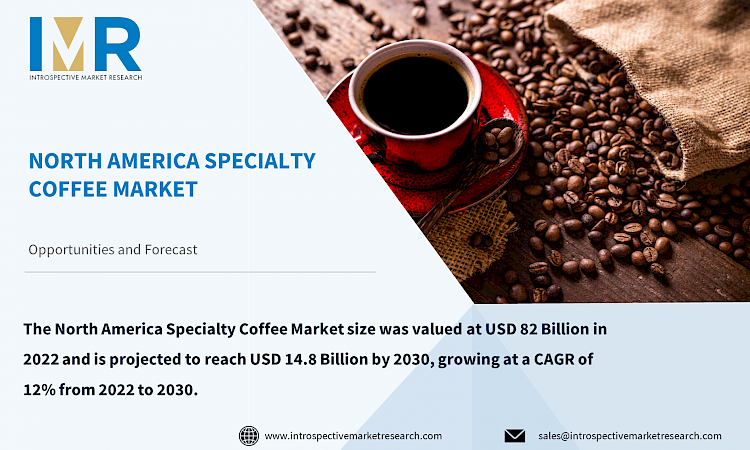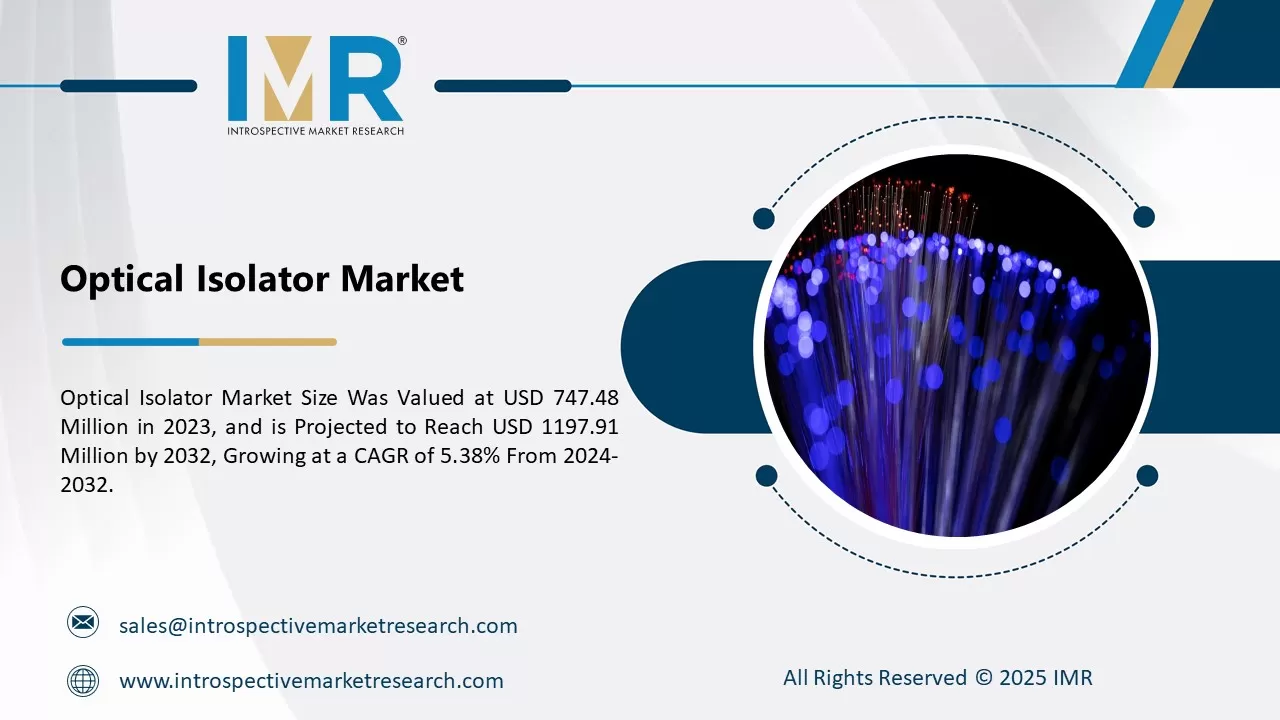Market Overview:
The North America Specialty Coffee Market size was valued at USD 14.8 Billion in 2022 and is projected to reach USD 82 Billion by 2030, growing at a CAGR of 12% from 2022 to 2030.
Coffee that receives an evaluation of 80 points or higher on a scale of 100 points from a Certified Coffee Tester (SCAA) or a Certified Q Grader is referred to as specialty coffee (CQI). Because specialty coffees are grown at the ideal height, at the ideal time of year, in the best soil, and are then picked at the ideal time, they are coffee at their best and distinct from other types of coffee. One of the most intriguing and flavorful coffees in the world resulted from all of this. Just a few years after the first Starbucks store opened, the phrase "specialty coffee" was first used in the 1970s in the Coffee and Tea Trade Journal.
Top Key Players Covered In The Specialty Coffee Market:
- Caribou Coffee Company (U.S.)
- Blue Bottle (U.S.)
- Starbucks Corporation (U.S.)
- Bulletproof (U.S.)
- Costa Coffee (U.K.)
- Dunkin' Donuts LLC (U.S.)
- Eight O?Clock Coffee (India)
- Don Francisco?s Coffee (U.S.)
- Caff? Nero Group Ltd. (U.K.)
- JAB Holding Company (Luxembourg)
- Luigi Lavazza S.p.A. (Italy)
- Strauss Group Ltd. (Israel) and other major players.
Market Dynamics and Factors:
The growing consumption of coffee is driving the Specialty Coffee Market. The growing demand for the growing popularity and easy availability of coffee is helping to drive the growth of the market. North America is currently experiencing significant growth in the specialty coffee market due to socioeconomic conditions. People's busy and stressful lifestyles have fueled the demand for instant coffee in the region. In addition, the availability of a wide range of new flavors, such as cappuccino, mocha, French vanilla, Italian roasted coffee, organic instant coffee, and green bean instant coffee, will continue to drive demand.
Quality blends and milk alternatives are expected to drive the specialty coffee market. Single-origin beans, in the opinion of many coffee experts, produce the best, highest-quality coffee. At upscale coffee shops and specialty shops, it has remained the same for years. Mixtures of grains from various origins have started to take center stage recently. It was once common practice to combine various coffee varieties to increase flavor and lower costs. On the other hand, some of the best baristas in the world use their blends so well that they are more well-known and loved. Blends appear to be a trend that will endure given the uncertainty surrounding coffee production in the future.
Specialty Coffee Market Report Highlight:
- By Grade, the 90-100 grade segment is anticipated to lead the growth of the Specialty Coffee market in the forecasted timeframe. A coffee grade enables global buyers and sellers to align their expectations with one another. This element also contributes to the growth of the sector.
- By Product Type, the instant coffee segment is expected to have the highest share of the Specialty Coffee market over the projected period. Growing demand for instant coffee could also benefit and be useful for manufacturers as the pandemic forces many cafes to temporarily close. Several major consumer coffee brands have begun offering instant coffee to enter this lucrative market.
- By Application, the commercial segment is set to develop at the highest CAGR during the forecasted timeframe. The commercial segment led the market due to the rising intake of coffee and the increasing count of workplaces globally employing commercial capsule machines.
- By Distribution Channel, the retail segment is anticipated to lead the growth of the Specialty Coffee market in the forecasted timeframe. Products are sold to customers directly in retail. Additionally, roasters are better able to comprehend customers and their preferences when they participate in the end-to-end sales process.
- The United States is expected to have the highest share of the Specialty Coffee market over the projected period in the North American region. Millennials in particular, who make up a sizeable portion of American consumers, desire personalization. Customers can therefore personalize coffee or other drinks at specialty cafes to suit their tastes.
Key Industry Development:
- In May 2023, Caribou Coffee partners with Conservation International to promote sustainable coffee sourcing practices and support coffee-growing communities..
- In February 2023, Sucafina North America acquires Sustainable Harvest, a pioneering specialty green coffee importer. This strengthens Sucafina's sourcing capabilities and commitment to sustainability.
Specialty Coffee Market Segmentation:
By Grade
- 80-84.99
- 85-89.99
- 90-100
By Product Type
- Instant Coffee
- Ground Coffee
- Whole Beans
- Single-Cup
- Blends
- Others
By Application
- Home
- Commercial
By Distribution Channel
- Food Service
- Specialty Stores
- Supermarkets & Hypermarkets
- Retail
- Online Stores
For this report, Introspective Market Research has segmented the Specialty Coffee Market based on region:
Regional Outlook (Revenue in USD Million; Volume in Units, 2023-2030)
North America
- The U.S.
- Canada
- Mexico





